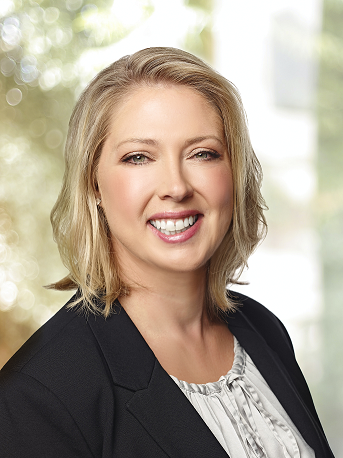
In the high-stress world of school leadership, principals are discovering a powerful ally – resilience. Coupled with a strong sense of wellbeing, resilience is not just a defense against the risk of mental health issues, but also a means of reducing the impact of other mounting pressures leaders face.
A brief glance at statistics on principal wellbeing shows there is no better time than now for leaders to develop this important skill.
In March this year, the Australian Catholic University’s (ACU) annual Australian Principal Occupational Health, Safety and Wellbeing Survey 2022 found school leaders are working an average of 56 hours a week while dealing with violent assaults, teacher shortages and serious mental health concerns.
A growing body of research shows resilience is fast becoming an effective way for principals to bounce back from burnout and thrive.
“Of all the professions that are creating a difference in our society, our primary and secondary school teachers are at the top of the list for the long-lasting impact they have on our children and teens,” Peta Sigley, Chief Knowledge Officer at workplace resilience organisation, Springfox, told The Educator.
“And yet the last four years have seen our principals and teachers, particularly in Victoria, largely unsupported with teaching from home and in a hybrid environment.”
Pointing to a recent article published in The Age, Sigley said The Victorian School Staff Survey conducted annually and reviewing 89,000 state schools showed worrying results, with percentage drops for principals and staff. Stand out markers included staff exhaustion, poor mental health, student behavioural challenges linked to remote learning, and staff shortages.
“In other words, educators are facing an extremely challenging time.”
Practical strategies for principals
Sigley said that when it comes to building individual and collective resilience to manage day-to-day challenges and protect the long-term wellbeing of educators, there are a number of effective strategies that can be employed.
“For principals, coaching staff to match and calibrate workload is key. Staff need to be supported to systematically delete, delegate and prioritise work in order to improve efficiencies, reduce stress, and prevent burnout,” she said.
“Importantly, establishing leadership trust with staff is critical to re-building psychological safety and allowing peak performance to flourish.”

For teachers, Sigley said daily resilience-building practices are key.
“Ensure basic wellbeing needs are being met – that is, sufficient sleep, a healthy and nourishing diet, and regular exercise – as these factors form the foundation of resilience, and without them, our physical and mental wellbeing is compromised,” she said.
“In order to navigate the chaos of the classroom, practice moments of mindfulness or breathing exercises throughout the day to slow down, ground yourself, and regain perspective.”
Sigley said though these actions may seem simple, their impact is not to be underestimated.
“In fact, it is typically these small actions that determine whether we thrive or just survive in the midst of challenges.”


